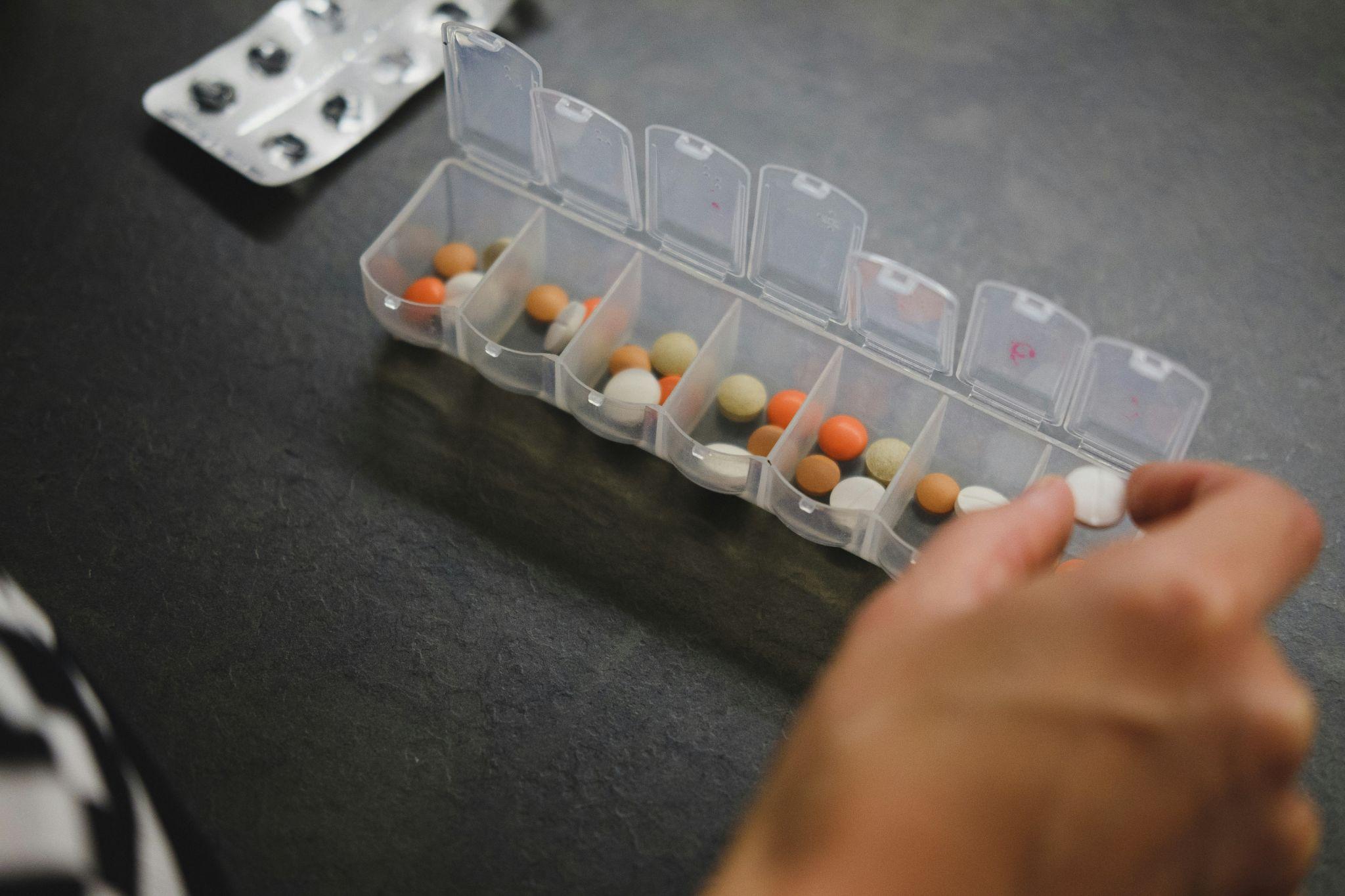Evidence-based approaches in drug rehabilitation incorporate scientifically tested strategies to enhance the effectiveness of treatment and recovery. These methods encompass a range of interventions, including cognitive-behavioral therapy and medication-assisted treatment, which are both grounded in robust research and empirical evidence.
The goal is to provide tailored, patient-specific treatment plans to improve recovery outcomes. The evaluation of these approaches is critical, often through the assessment of recovery success rates, to ensure the continual development and refinement of rehabilitation programs. This underscores the importance of evidence-based practices in advancing the field of drug rehabilitation.
Understanding Evidence-Based Approaches
Evidence-based approaches in drug rehabilitation refer to treatment methods that have been scientifically tested and proven to yield effective results. They provide a roadmap for practitioners in drug rehab clinics and residential drug rehab centers, ensuring the implementation of successful interventions for individuals struggling with addiction.
The application of these evidence-based practices in a drug rehab clinic is essential for ensuring that the treatment provided is not only effective but also efficient. These methods often involve behavioral therapies, medication, or a combination of both, depending on the specific needs of the patient.
In a residential drug rehab center, these evidence-based approaches are particularly beneficial. They provide a structured environment where the treatment can be monitored and adjusted as needed. They also offer the opportunity for the patient to be removed from the environment that may be contributing to their addiction, allowing them to focus solely on their recovery.
Rehab for addicts is a complex process that requires a multi-faceted approach. Evidence-based practices allow for the customization of treatment plans that address the unique needs of each patient. They ensure that the strategies employed are not based on guesswork or untested theories, but on scientific research and proven successful outcomes.
Role of Cognitive-Behavioral Therapy
Cognitive-Behavioral Therapy (CBT), a cornerstone in evidence-based treatment strategies, plays an instrumental role in drug rehabilitation by equipping patients with the necessary skills to combat addictive behavior. This psychotherapeutic approach is commonly employed in inpatient drug rehab facilities and other drug rehab places, serving as a vital component of comprehensive treatment plans.
CBT operates on the principle that our thoughts influence our behaviors. In the context of drug rehab inpatient settings, CBT practitioners guide patients in recognizing and understanding their destructive thought patterns that fuel addictive behaviors. By doing so, patients can learn to respond to these thoughts differently, replacing unhealthy habits with more constructive ones.
In rehab drug treatment, the role of CBT extends beyond mere addiction management. It is also effective in treating co-occurring disorders like depression, anxiety, and post-traumatic stress disorder, which often underlie substance use disorders. By addressing these mental health conditions, CBT contributes to the overall healing and recovery process.
Moreover, CBT equips patients with coping mechanisms that prove beneficial during and after treatment. These include stress management techniques, problem-solving skills, and relapse prevention strategies. By fostering these skills, CBT enhances the patient’s ability to maintain sobriety outside the treatment setting.
Exploring Medication-Assisted Treatment
Medication-Assisted Treatment (MAT) is another crucial component of evidence-based drug rehabilitation strategies, designed to manage withdrawal symptoms and reduce cravings for illicit substances. It is a multifaceted approach, combining approved medications with counseling and behavioral therapies. This comprehensive intervention has been used extensively in drug facilities and has shown significant success in improving patient outcomes and promoting long-term recovery.
MAT is used primarily for opioid, alcohol, and tobacco addiction. The medications used in MAT work by blocking the euphoric effects of the substances, relieving withdrawal symptoms, and reducing cravings. They are administered under the careful supervision of healthcare professionals in drug centers and are often part of a broader treatment plan that includes psychosocial support and lifestyle changes.
The use of MAT in drug rehabilitation has been endorsed by several healthcare bodies, including the World Health Organization (WHO) and the Substance Abuse and Mental Health Services Administration (SAMHSA). However, it’s essential to note that MAT should not replace other treatment methods but rather be used in conjunction with them for maximum effectiveness.
Although MAT has been proven to be effective, it is not without its challenges. Ensuring patient adherence to medication regimens can be difficult, and there’s also the risk of medication misuse. Therefore, the implementation of MAT in drug facilities requires strict monitoring and regulation to ensure its safety and effectiveness.
Evaluating Success Rates of Recovery
Evaluating the success rates of recovery is a critical aspect of assessing the effectiveness of various drug rehabilitation strategies. The primary goal of any drug rehabilitation program is to help individuals overcome their addiction and return to a productive and healthy life. Therefore, the success of these programs is typically measured by the rates of abstinence or reduction in drug use, improvements in personal health and social functioning, and lower crime rates.
However, interpreting these success rates can be complex due to factors such as varying definitions of ‘success’, differing lengths of follow-up periods, and the high rates of relapse within the drug-using population. Moreover, the multi-faceted nature of addiction itself, marked by chronic and relapsing characteristics, makes it challenging to determine a clear-cut ‘recovery’.
Nevertheless, a comprehensive approach to evaluating success rates should include both quantitative and qualitative measures. Quantitative measures can provide objective data on reduction rates in drug use or relapse rates, while qualitative measures can offer insights into the subjective experiences of individuals, such as improvements in quality of life, self-esteem, and social relationships.
Additionally, the use of evidence-based practices in drug rehabilitation, including cognitive-behavioral therapy, medication-assisted treatment, and motivational interviewing, can significantly improve recovery outcomes. These approaches are supported by a large body of research demonstrating their effectiveness in enhancing the rates of recovery and reducing the likelihood of relapses.
Frequently Asked Questions
What Is the Cost of Drug Rehabilitation Treatment Using Evidence-Based Approaches?
The cost of drug rehabilitation treatment varies significantly based on numerous factors. These include:
– The type of treatment
– The duration of the program
– The location
– Whether it’s an inpatient or outpatient service
Some treatments may cost several thousands of dollars per day, while others may be less than a hundred. Insurance coverage also plays a crucial role in determining the final out-of-pocket expense for the patient.
How Is Family Involved in the Drug Rehabilitation Process?
Family involvement in the drug rehabilitation process is crucial as it provides emotional support to the patient. They take part in family therapy sessions which aim to build better communication, set recovery goals, and build a supportive home environment. The family may also receive education on the nature of addiction, the process of recovery, and how to prevent relapses. They are, therefore, integral to the patient’s journey towards sobriety.
How Can an Individual Maintain Sobriety After Completing the Rehabilitation Program?
Maintaining sobriety post-rehabilitation involves continuous effort. This can be achieved through consistent participation in support groups, staying engaged in therapy, adopting healthy lifestyle changes, and avoiding triggers that may lead to relapse. It’s also essential to build a strong support network of friends and family who can provide emotional support. Regular exercise and a balanced diet can also contribute to overall well being, aiding in long-term sobriety.
Are There Any Potential Side Effects or Risks Associated With Evidence-Based Drug Rehabilitation Methods?
Potential side effects or risks associated with rehabilitation methods depend largely on the specific method used. Most methods prioritize patient safety and minimize risks. However, possible side effects can include withdrawal symptoms, medication-related side effects, or mental health challenges such as anxiety or depression. It’s crucial to monitor these potential side effects closely under the supervision of a qualified healthcare professional to ensure the patient’s well being throughout the process.
How Does Drug Rehabilitation Impact an Individual’s Employment or Education?
Drug rehabilitation can significantly impact an individual’s employment or education. During the recovery process, individuals may need to take time off for treatment, which could affect their job or studies. However, successful rehabilitation often enhances productivity and performance, leading to improved job security or academic achievements. It’s essential that employers and educational institutions support individuals undergoing rehabilitation to ensure a smooth transition and lasting recovery.
Final Thoughts
Evidence-based approaches significantly enhance the effectiveness of drug rehabilitation. Cognitive-Behavioral Therapy and Medication-Assisted Treatment provide robust frameworks for successful recovery. However, continuous evaluation of treatment success rates remains crucial, ensuring improvement and adapting methods to patient needs. Thus, the integration of these strategies presents a comprehensive, evidence-based model for drug rehabilitation, promising a higher chance of recovery and sustainable sobriety.






